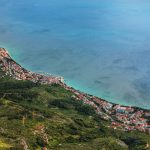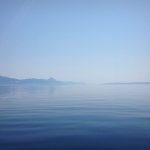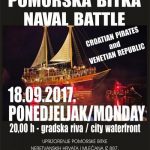We are delighted to welcome journalists and Makarska experts Vice Rudan and Fjodor Tušup to the TCN team on May 30, 2016. And where better to start than the latest in our series, 25 Things to Know about Croatia – the fabulous Makarska Riviera, which has much more to offer than its magnificent beaches.
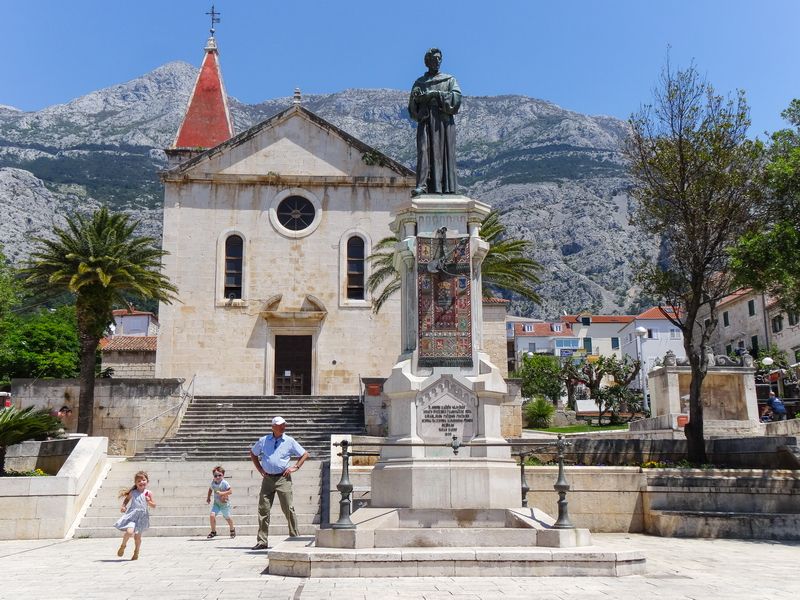
1. Kačić square in Makarska
The central town square in Makarska is the location of the monument to Father Andrija Kačić Miošić, a Franciscan and Croatian folk poet, erected in 1890, created by sculptor Ivan Rendić. The modern visage of the square was completed in the beginning of the 18th century with the completion of St. Mark’s cathedral. Through history it bore different names: Piazza, Pijaca, Pazar, Square, Kamenice, Mark’s square etc. Certainly, the uniqueness of Kačić square is it’s architectural cascade, not a common practice for town squares making it quite fitting as a natural stage for cultural events and concerts. Along the cathedral, there is a Mediterranean-style town market, known for year-round activity.
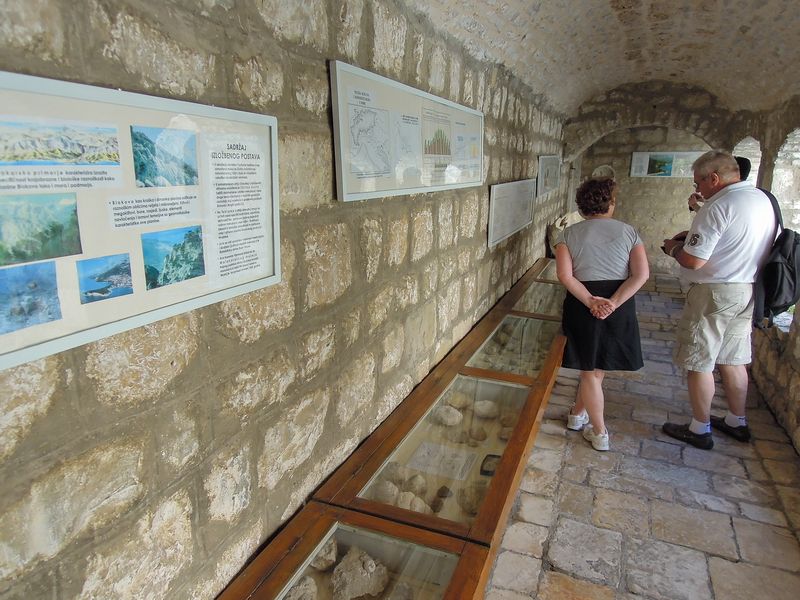
2. Molluscs in the Franciscan convent in Makarska and the Kotišina botanical garden
The Molluscs museum in Makarska was created by Father Jure Radić in 1963. It is located in the old section of the Franciscan convent under protection as a cultural monument. The museum has a permanent exhibition of sea snails and shellfish from the Adriatic, as well as from the rest of the world. Also, on show is a valuable plant herbarium of Biokovo mountain and is the most famous mollusks location in Croatia. The museum is a favorite location for visitors to the Makarska Riviera, while next to it in the Franciscan convent lies a unique mosaic created over years by the Franciscans, in the very dome. The Kotišina botanical garden was also established by Father Jure Radić, with the goals of scientific research, protection, conservation and popularization of plant life of Biokovo mountain. On a relatively small area of around 16.5 acres there are over 300 wild plant species.
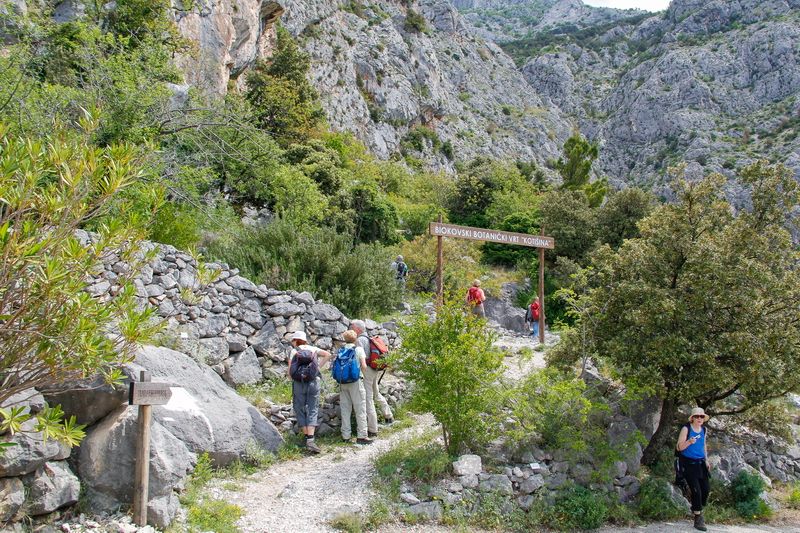
3. Monuments in Makarska
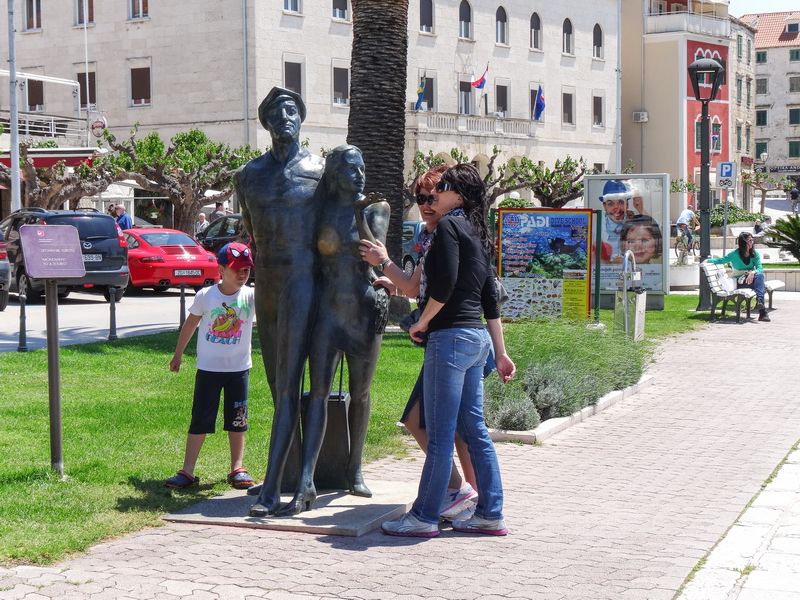
Makarska is awash in monuments, with the most recent being the monument to the first Croatian president Franjo Tuđman from 2004, the sculpture of St. Peter from 2009 as well as the monument to a tourist on the town waterfront. Another monument to a tourist exists outside the Tourism Office by Ivica Šoda Cotić and both are very popular with visitors as memorabilia of Makarska.
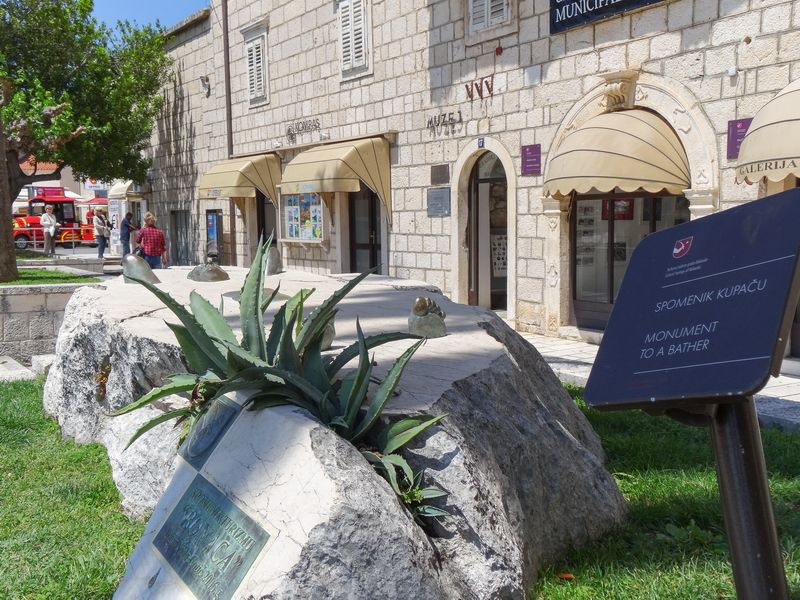
4. The astronomical observatory and monument to World War II victims in Makarska
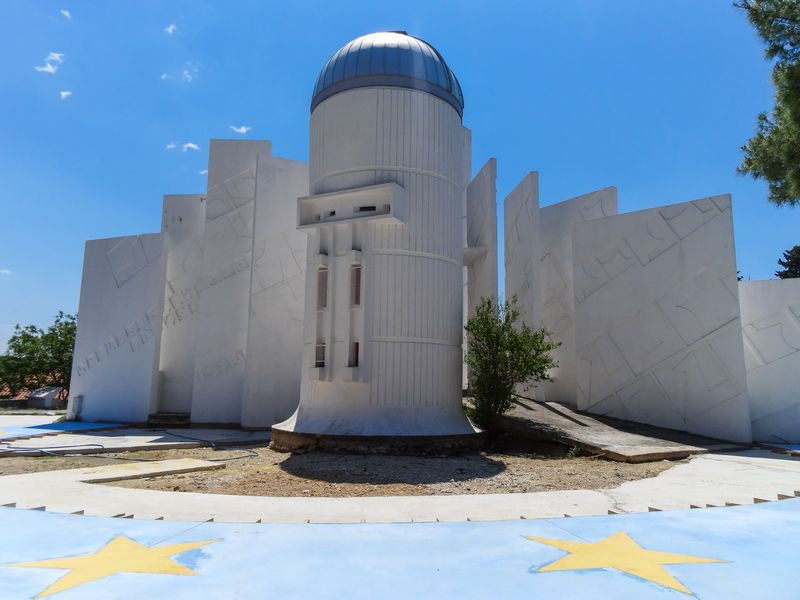
As part of the monument to victims of World War II in Makarska stand the astronomical observatory. Surrounded by pine woods it thus creates the necessary darkness during night sky observations. In summertime it is open from 9 p.m. until midnight, while a private observation session is possible through a direct contact with the manager. An Astro park is currently under construction around the observatory, while the local folklore society Tempet maintains an ethno festival every July on the rock plateau in front of the very monument.
5. The Corpulent vs. Skinny football matches and the World slingshot championship in Makarska
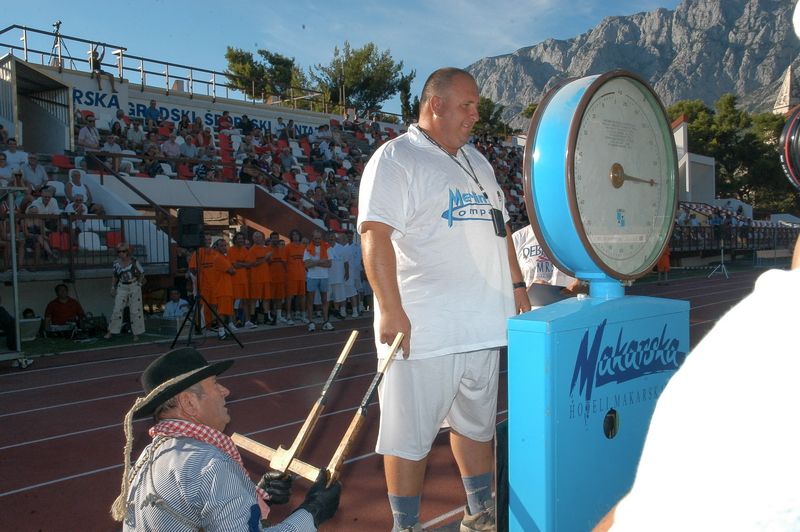
A yearlong tradition in summertime in Makarska are the Corpulent vs. Skinny football matches on the main field of the City sports center. This interesting event attracts a large number of locals who join in the fun together with the players of this show, with the always interesting weigh-in of both the largest and thinnest competitors. Alongside this specific event it’s worth noting the World slingshot championship organized by Ico Stipičević. Locally named “praće”, these slingshots are mostly homemade, so every participant needs to really know the tool he uses to hit the target.
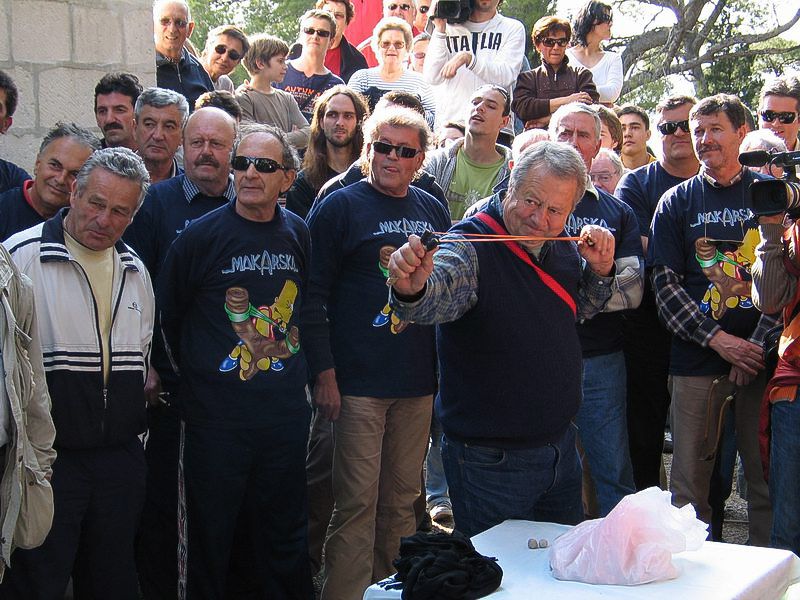
6. Bekavci-Ivandić building complex and the educational trail Paths of ancient Berulia in Brela
Located in the Donji Kričak area, it represents a fine example of civil engineering. Construction began in 1880 with the first school in Brela built here, open until 1950. All homes were built from stone and have a common yard with wells. The complex is protected as a cultural monument. The educational trail Paths of ancient Berulia from Subotišća do St. Nicholas’s church is 2.700 meters long, marked by nine educational panels. It is categorized as a light mountain path, with the tour lasting around one hour.
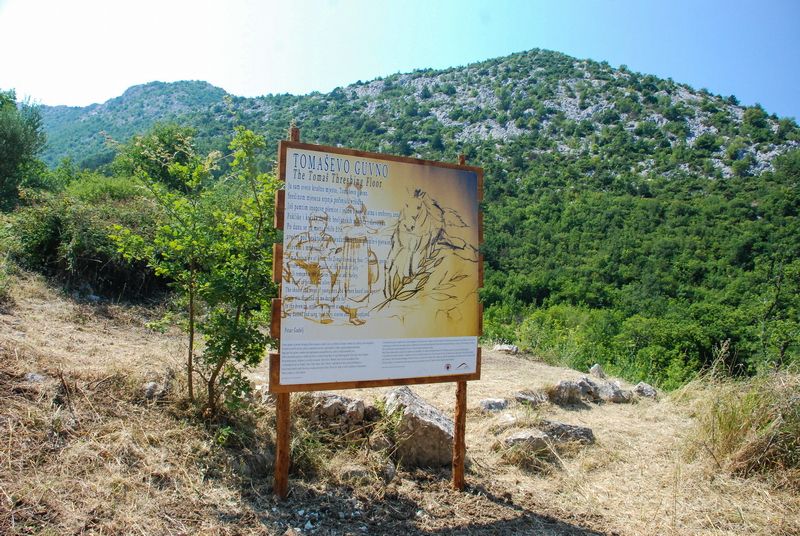
7. The Brela Rock on Punta Rata beach and Podrače
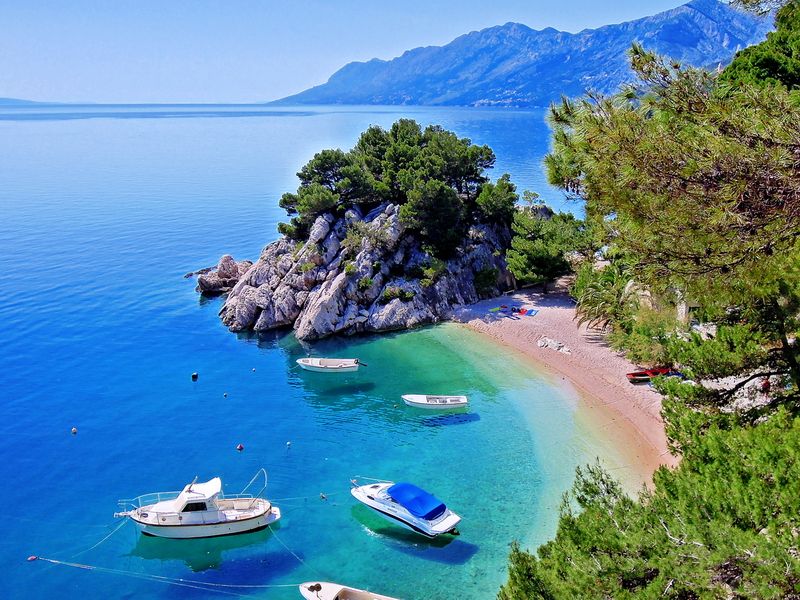
The Punta Rata beach has been awarded multiple recognition as one of the finest beaches in Croatia, holding the Blue Flag since 1997. Others flying the Blue Flag are Berulia and Stomarica beaches. The west side of the Punta Rata beach holds the Brela Rock, a symbol of Brela and Croatian tourism. Foreign visitors are usually not aware that the well known locations of Brela, Punta Rata or Dugi Rat with the famous Brela Rock are in immediate proximity to the picturesque Podrače bay, virtually next to each other. Podrače is a lovely bay bordered by a small forested peninsula and is quite often found on photos published in world media.
8. The Shellfish Museum, archeological collection and fort in Baška Voda.
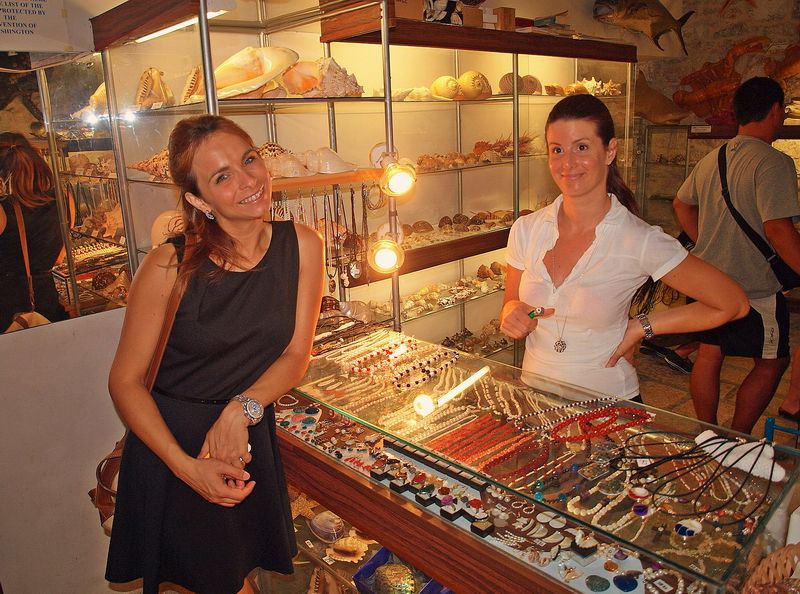
The museum showcases shellfish from the Adriatic and other world seas. The archeological collection has items dating back up to 2.000 years B.C. The locality of the Gradina (fort) holds remains of the settlements from the 5th-6th centuries, while the name Aronia stems from the antique period, evidenced by the antique chart Tabula Peutingeriana.
9. The Ridge in Baška Voda

Above Baška Voda and below the small village of Topići lies the picturesque location known as the Ridge, known as the setting of several scenes of the wildly popular Game of Thrones series – season four, episode one. The same location saw the first, and unfortunately only, Grebenland fest, an electronic music festival in 2012. The wonderful natural setting is ideal for events of this type, while the flat grassy surface reminds of a natural football field. Baška Voda residents, through the local football team Uranija, used to hold official matches here in the 1930s. The same field was used by residents of the Topići and Bast villages, located directly above Baška Voda, to play a match during those same years with the final score being 106:94. Witnesses recount that the actual score was much higher than that officially recorded, going up to 290:180! The match was renewed in August 2007 with the score being 4:4, and once again in August 2009, ending in 6:4 in favor of Topići.
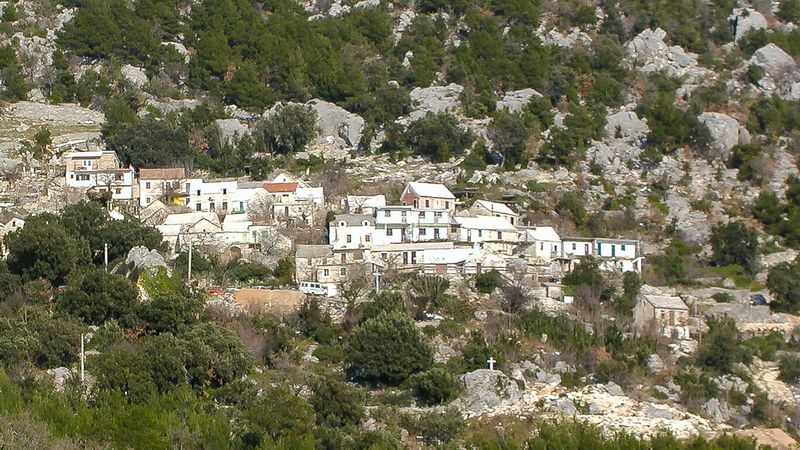
10. The Biokovo villages
Bratuš, Krvavica, Topići and Promajna villages were settled in the 17th century. Today they are tourist oases with clean and preserved beaches, apart from Topići as it is located 3 km from Baška Voda, settled due to fresh water sources and with preserved Dalmatian architecture. It stands on the slopes of Biokovo mountain providing a view of the middle-Dalmatian islands. Every seaside town in the Riviera has its backside villages all along the Biokovo area, from Brela to Gradac, a very attractive area for the adaption of old Dalmatian stone houses into vacation homes with pools or the building of brand new luxury homes.
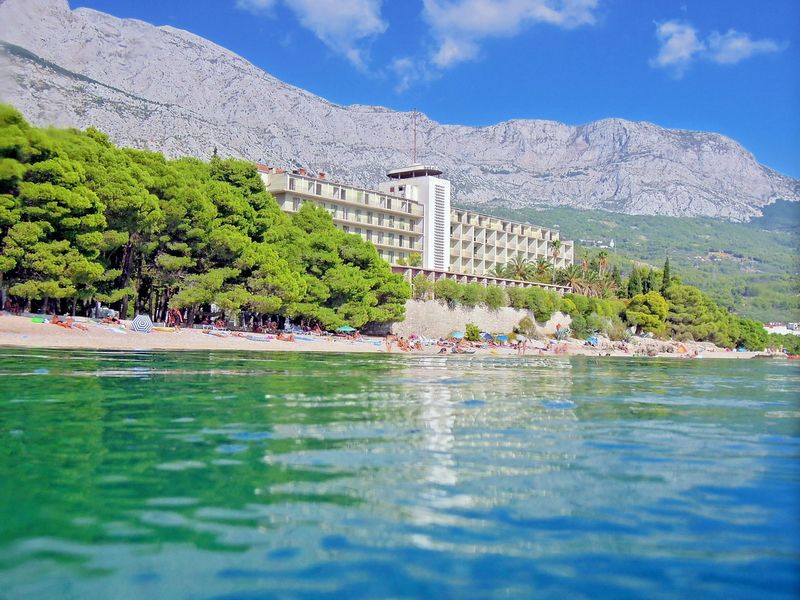
11. Jadran hotel in Tučepi
The very first hotel in Tučepi, also the first post-World War II hotel in Yugoslavia. Built in 1950 by German prisoners of war, only its facade stands intact today. The interior is devastated, with renovations set to begin soon. In front is a pebble beach quite popular with the locals, especially from Makarska.
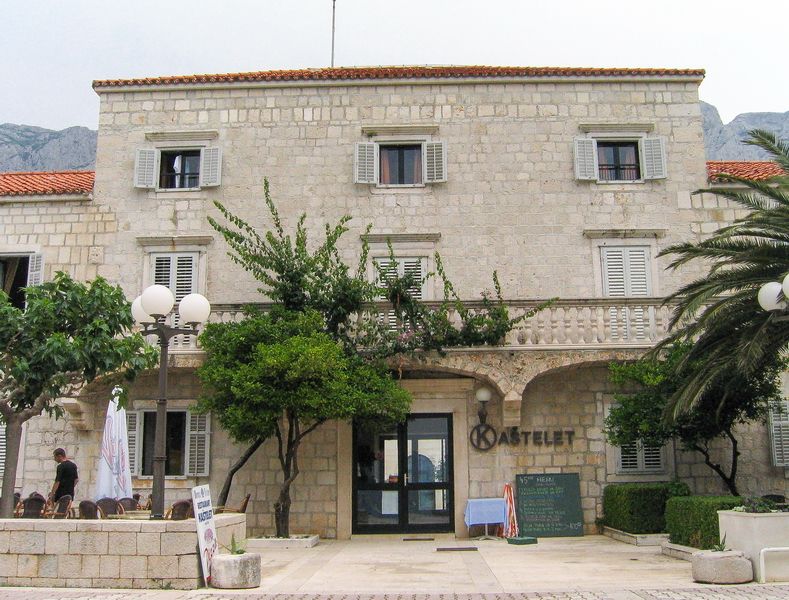
12. The baroque Kaštelet summerhouse in Tučepi
Three baroque summerhouses from the 18th century have been preserved, once owned by noble families. The most impressive one is by abbot Grubišić – today’s Kaštelet hotel. Summerhouses used to be meeting places of world dignitaries and are located on the very beach alongside the Alga hotel in Tučepi.
13. Tučepi villages and the “ka Kultura u tučepskim zaseocima” festival
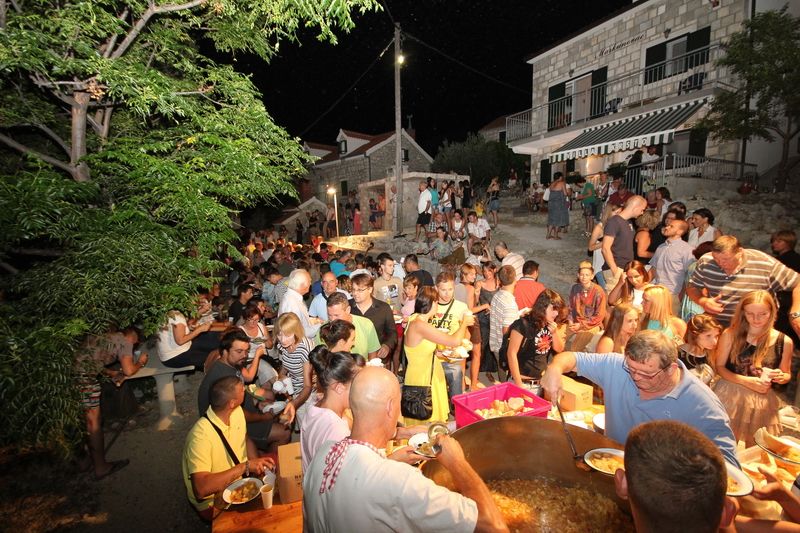
Podpeć, Čovići, Srida sela, Mravičići, Ševelji, Šimići and Podstup are typical mediterranean villages with traditional architecture. They are also the location of the summer festival “ka Kultura u tučepskim zaseocima” that enables visitors to enjoy a cultural program as well as local gastronomy.
14. The klapa choirs summit in Kaštelet and the Toochepin rock festival in Tučepi
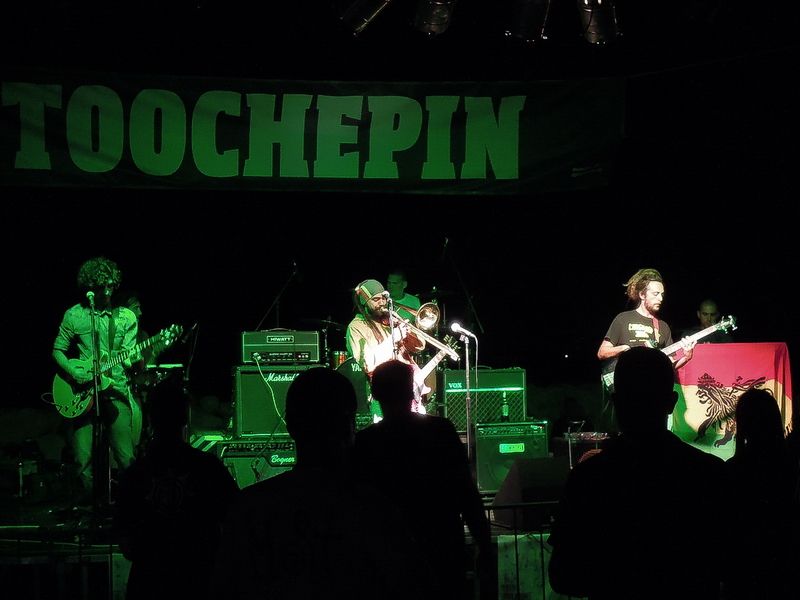
A summit of klapa choirs (a cappella singers) has been taking place over 20 years in Kaštelet with traditional Dalmatian songs being performed, while a more urban crowd visits the Toochepin rock festival established in 2012. It is held in the second half of August and lasts two days, situated in the very center of town.
15. The Seagull Wing in Podgora
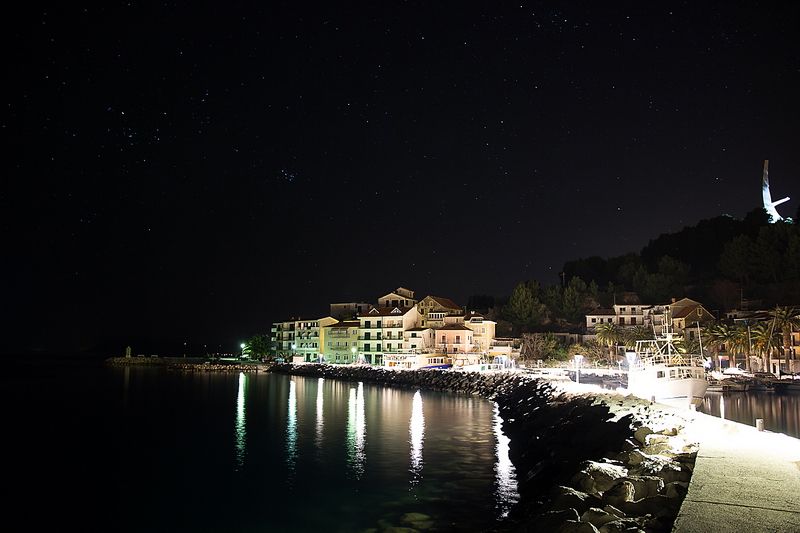
The Seagull Wing is a monument to the Yugoslav Navy, created by Rajko Radović. It is over 20 meters tall, ceremonially opened by Yugoslav president Josip Broz Tito in 1962, on the 10th anniversary of the Yugoslav Navy formation. Its monumental presence still dominates over Podgora, while the surrounding amphitheatre can hold a large number of people and was the spot for many events. Lately it saw summertime rock concerts organized by locals, especially for the holiday of St. Vincent, the town patron.
16. Summerhouse of Mrkušić family in Podgora

Within the summerhouse is the chapel of Sacred heart of Jesus, built in 1804. With an elliptical layout, classicist and rococo details it is one of the notable baroque buildings in the south of Croatia. The chapel stands along the Podgora promenade and is an unavoidable part of the cultural and historical legacy of the Makarska Riviera.
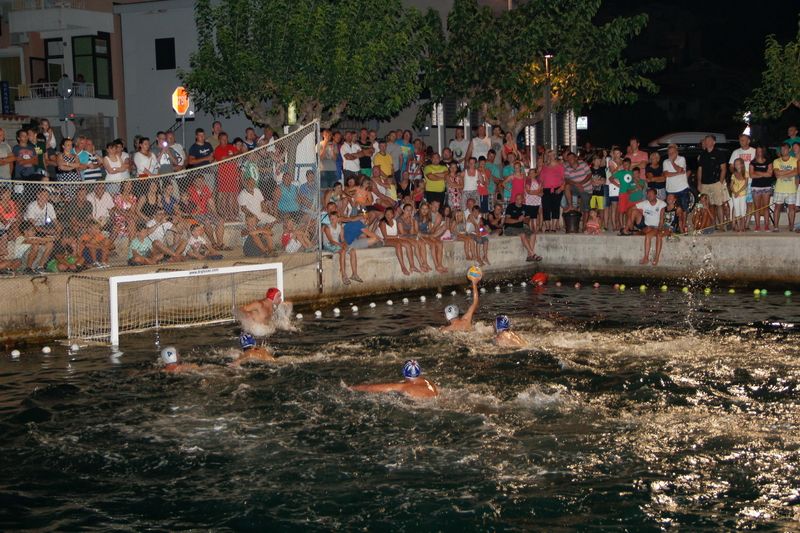
17. Water polo games in the port
The summer in Podgora would be unthinkable without a few night water polo matches in the old port, always drawing a large number of visitors. These competitions are an attraction but also a continuance of a long local water polo tradition, much like the one held in the neighboring town of Igrane as well as the eastern most spot of the Riviera, Gradac.
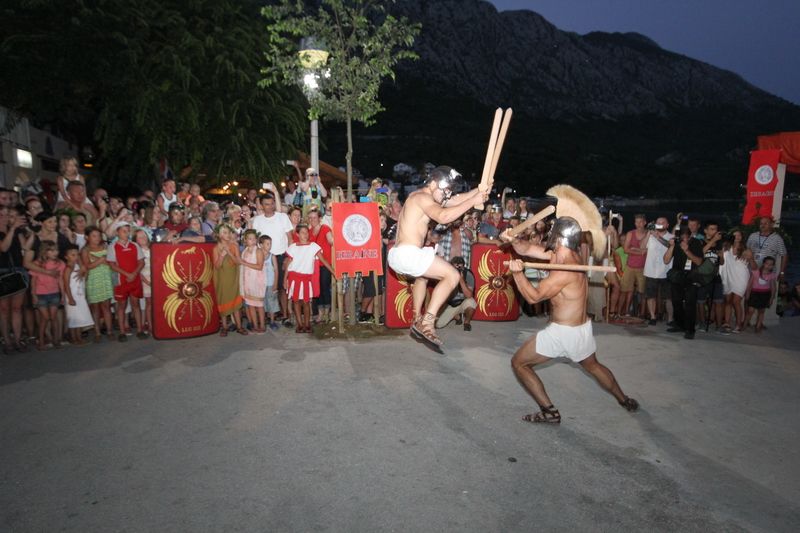
18. The legend of King Arthur of Igrane and the bell tower of Our Lady of the Rosary church
The King Arthur’s Knights society holds the King Arthur Night each year in August, a tourist event based on a legend that King Arthur was born in Igrane. Supporting this theory is the name of his mother – Igrayne, while the British historian John Matthews explored the legend during his stay in Igrane. The bell tower is the trademark of Igrane. The church was built in 1752, while the neoromanic bell tower dates from 1923 and is the work of Eduardo Žagar. Based on the bell tower of the Split cathedral, it bears quite a resemblance.
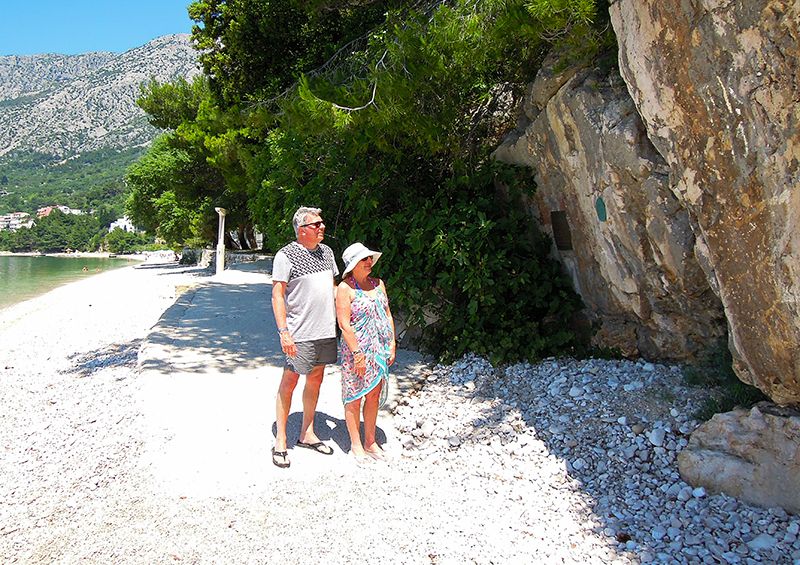
19. Licinian’s epigram and the St. Cross convent in Živogošće
Licinian’s epigram from the year 474 B.C. is made up of 16 hexameters in the Latin language. The song celebrates a cool water source, while the epigram is carved into a live rock in Pokrivenica village that still holds a source of water. The St. Cross convent dominates the Živogošća Porat panorama. It is surrounded by tall cypress trees and abundant vegetation due to the proximity of water sources, while the Franciscan convent built in 1616 holds a rich library with valuable books and documents.
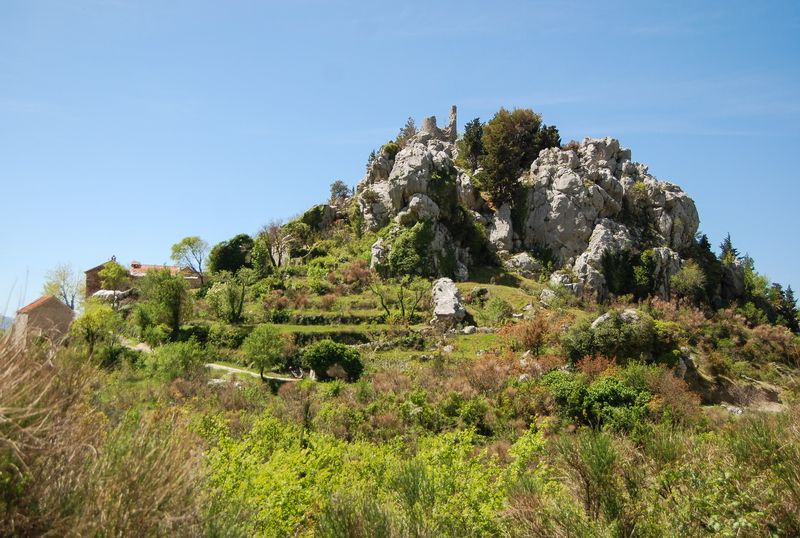
20. The Drvenik fort
Historically, April 15th in 1687 was the date when the Turkish army overtook the Drvenik fort held by local women. Today it is in a bad shape with only one wall and parts of the tower remaining. The fort is within walking distance of the town, and the ridge offers a nice view of the Biokovo trail and the middle-Dalmatian islands.
21. Family hotels of Drvenik Gornja Vala, tourism publications and pine nuts
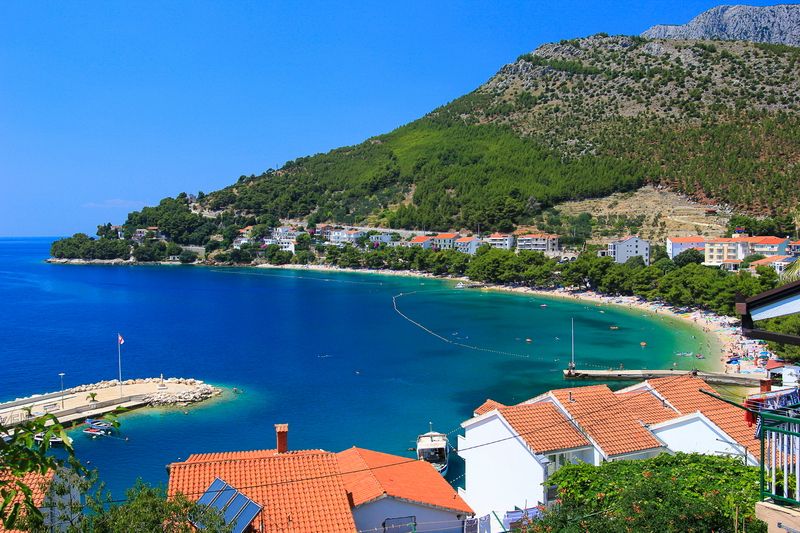
Modern times saw a boost of family hotels in Drvenik Gornja Vala, home to only 100 residents, with 5 of them in a 200 meter stretch. The Donja Vala bay holds only one, hotel Quercus. Young and innovative tourism workers run the place today, creating new events such as the throwing of the mandolin into the sea or the first Drvenik rock concert. Above Drvenik Gornja Vala is a rare forest with pine nuts in the Biokovo area.
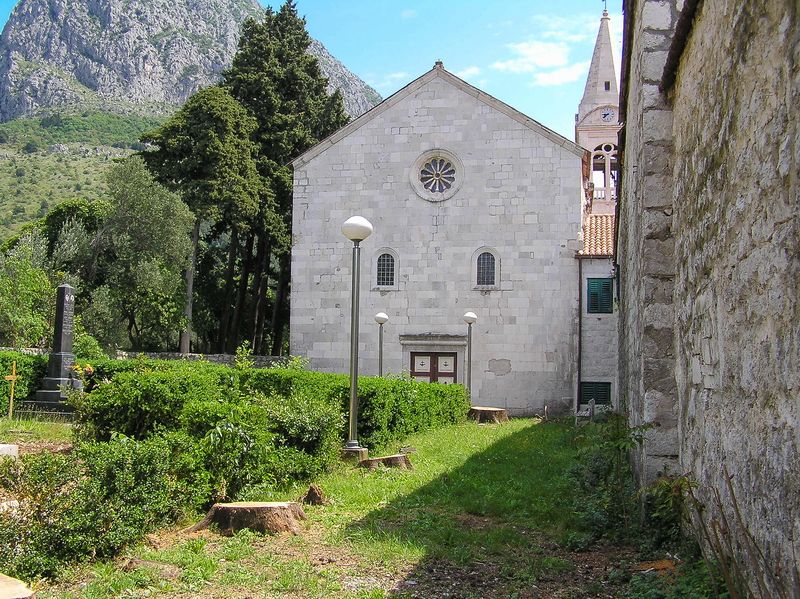
22. Franciscan convent of St. Maria and the permanent gallery of Mladen Veža in Zaostrog
The convent holds valuable collections of cultural and historical heritage of the region. The library boasts 20.000 books. The convent is also the location of a permanent gallery of one of the most famous Croatian painters, Mladen Veža, born in Brist in 1916 and deceased in Zagreb in 2010.
23. Andrija Kačić Miošić of Brist
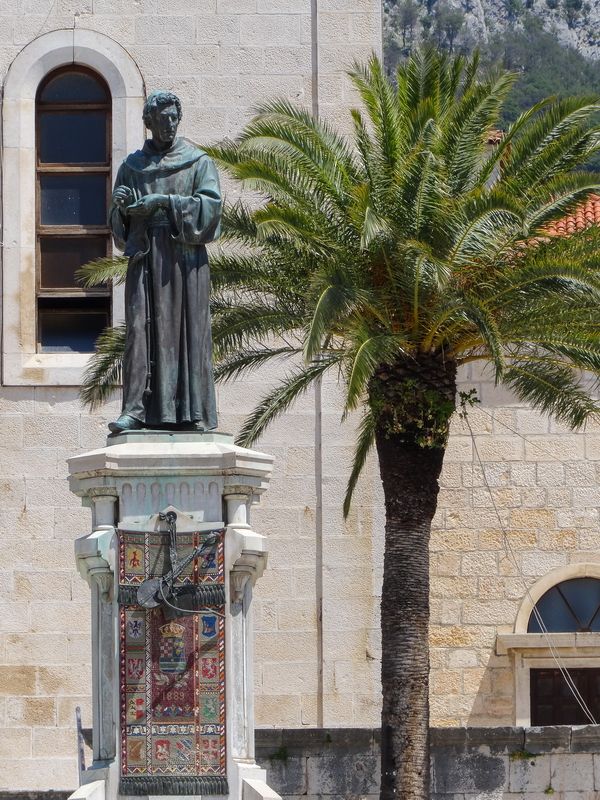
One of the most famous Croatian poets, Andrija Kačić Miošić (1704-1760) was born in Brist, while the main town square in Makarska bears his name as well as his statue, a timeless motive on thousands of photos by visitors. He worked in the local convent in Zaostrog, taking a permanent seat in Croatian literature with a book of poems and verses “Pleasant Conversation of Slavic People” from 1756.
24. The regional museum in Gradac and the arboretum in Andrijašević family residence
The private ethnographic museum Gradac is in the old section of town, in the home of the Andrijašević family who also possess an arboretum with around 200 different plants, some atypical for the area, such as a banana tree, papyrus or a giant pepper tree. Both are the result of great enthusiasm and love by the Andrijašević family for their region.
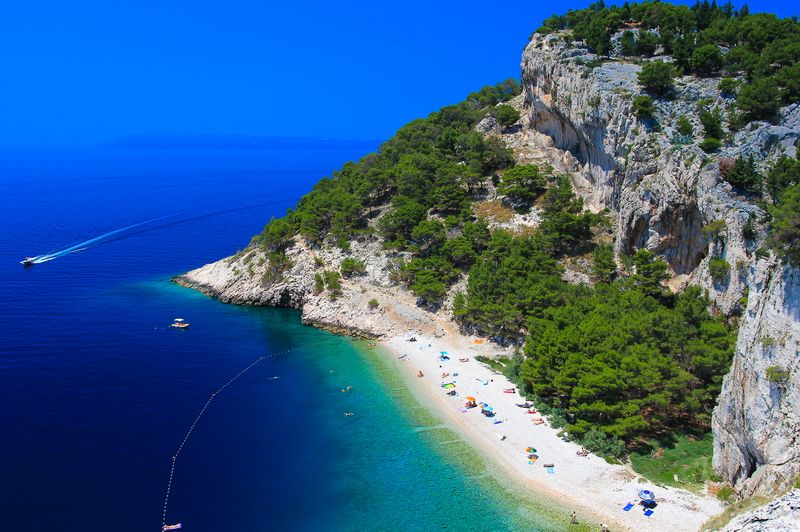
25. Thousands of beaches of the Makarska Riviera
Beginning in Gradac, which boasts one of the longest beaches on the Makarska Riviera and beyond, beaches stretch along the entire coastline below Biokovo mountain all the way to Brela. The Makarska Riviera is a 60 kilometer long area with 16 coastal towns, intertwined with small and large coves and picturesque pebble beaches such as Velika Duba and Nugla. It is the main tourist attraction of the area along with the sun and sea, upon which the entire economy of the Makarska Riviera depends.
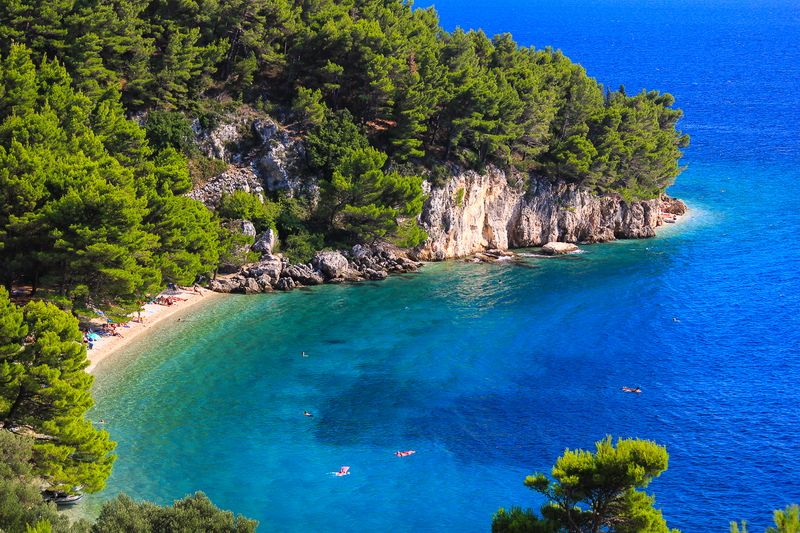
Learn more about the beaches of the Makarska Riviera here.
Want to learn more about Croatian destinations? Check out the 25 things to know series here.


